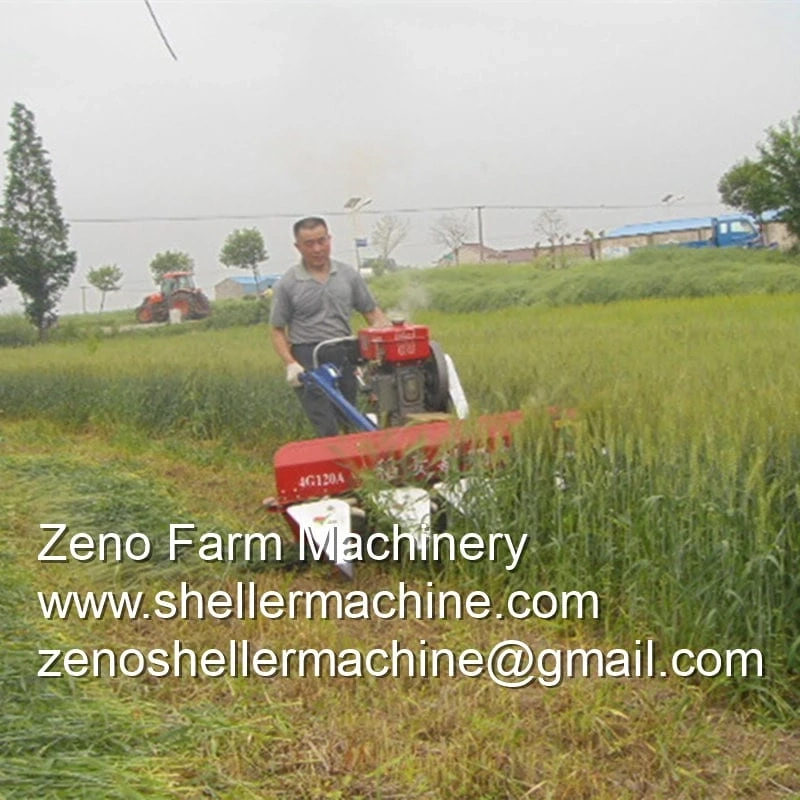Crop yields are an essential aspect of every farmer’s day, impacting how profitable their farmland can be. Learning how to improve crop yields is key to successful farming, and access to new technologies and planting methods ,using good corn sheller machine,which has given farmers an opportunity increase crop production – the key to maintaining the long term sustainability of their farm.
Corn crop yield rates have steadily increased over time, thanks to hardier corn hybrids and smarter planting practices. Technologies that allow farmers to best understand their soil, what kind of nutrients they may be lacking, and when to plant seeds have positively affected outcomes. To put it simply, planting has benefitted from the introduction of science and technology in farming.
First off, why are crop yields so important to farming?
The concept of high-performance agriculture is key in understanding the importance of crop yields. How much you can produce within a given amount of land is essentially how efficient you are as a farmer. In today’s economy, being able to do things efficiently is as important as ever. You want to ensure that you are maximizing your space and the land you have worked to cultivate. Crop yields not only determine your efficiency, but your bottom-line as well.
What is the risk associated with attempting to increase yields?
Everything you do on your farm has consequences, and in order to learn how to increase crop production and crop yield, you will have to approach each decision with a concentrated amount of study and analysis. This doesn’t mean that you can’t try something, fail, and learn, but it does mean that attempts to increase efficiency could affect your bottom line.
What are some ways to increase agricultural productivity for your corn crops?
Consider your crops like the ingredients in a recipe; the quality of your soil, your seeds, and your planting practices will determine the overall strength of the final product — the crops you are growing. A crop like corn benefits from using strong hybrid seed with the strength to sustain conditions and maximize yields. The science behind seeds has greatly improved, but there are still techniques and methods to increase your overall efficiency on the farm.
CONSIDER THESE 9 TIPS, TECHNIQUES, AND METHODS REGARDING HOW TO INCREASE YOUR CORN CROP YIELD
Plant Early, Plant Effectively
Choosing the right time to plant is often the most important part of planting. The best strategy to use to increase yields is: if your soil is ready, start planting. There are tests you can perform on your soil to see if it is ready for planting. Today’s hybrid seeds create a more sustainable product, but knowing if your field is ready for early planting is just as important. Planting early can result in increased yields by taking advantage of unexpectedly early favorable soil conditions.
Practice Seasonal Soil Rotation
When you are planting season-by-season, it is important to understand how planting recurring crops can affect your overall yield. Planting corn in consecutive years has been proven to be less effective for optimal yields. This means that corn-on-corn planting should only be considered when your soil conditions are strong enough, or your land mass is limited. If you don’t have access to either, you may need to consider planting alternative crops in alternating years — such as soybeans. Planting an alternating crop helps to diversify the demands on your soil. This results in crops that not only yield more, but continually produce year in and year out.
Know The Yield Potential
It is not just enough to plan your seeds and hope for the best, you should always be sure to understand your field’s growth potential. Understanding the kind of crops you’re planting, and the kinds of seeds you are using, is important when assessing yield potential. Crop producers typically have an estimated idea of the yield potential of their seeds. Understanding this will help manage not only your expectations, but whether or not your yield potential is matching your actual production.
Always Scout Your Fields
The most sage advice you can receive about how to increase crop yields is by scouting your fields on foot. This will give you a chance to assess soil conditions, notice any weeds cropping up, and check that your crops are growing healthily. There is a lot you can miss when you are passing by your crops at high speeds, so hitting the ground and examining your crops is an important step towards a stronger crop yield.
Ensure Proper Irrigation
Water management is essential to crop survival and maximizing your corn’s yield potential. It’s important to ensure your crop is getting enough water, but also that they aren’t being over-watered. Developing a irrigation system in your crops can help prevent waterlogging and salinization in your soil, both of which can stifle growth and production.
0


